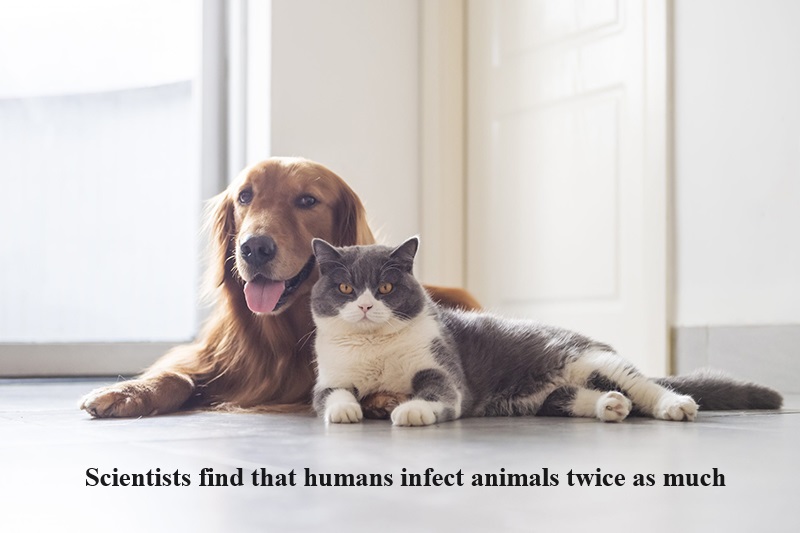
It is widely recognized that several of the most deadly diseases affecting humans originated from pathogens that made the leap from animals to humans. For example, the virus responsible for AIDS is believed to have originated from chimpanzees, while COVID-19, which prompted global isolation measures for nearly two years, is thought to have originated from bats. However, a recent study has uncovered a surprising revelation: humans may actually transmit viruses to animals more frequently than animals transmit viruses to humans.
In an astonishing discovery, scientists analyzed millions of viral genome sequences and found that humans transfer more viruses to animals—approximately twice as many—as they acquire from them. Published in the journal Nature Ecology & Evolution, the study examined nearly 12 million virus genomes and identified close to 3,000 instances of viruses crossing the species barrier.
Of these transmissions, approximately 79 percent involved viruses moving from one animal species to another, while the remaining 21 percent involved humans. Remarkably, within this 21 percent, 64 percent constituted human-to-animal transmissions (referred to as anthroponosis), with only 36 percent categorized as animal-to-human transmissions (known as zoonosis).
Various animal species were found to be susceptible to human infections, including pets like cats and dogs, domesticated animals such as pigs, horses, and cattle, birds like chickens and ducks, as well as primates like chimpanzees, gorillas, and howler monkeys. Wild animals, particularly, were more prone to experiencing human-to-animal transmission.
Lead author Cedric Tan, a doctoral student in computational biology at the University College London Genetics Institute, emphasized the significant impact humans have on the environment and surrounding animal populations.
Infections can cross species barriers through close contact, as humans and animals harbor numerous microbes capable of jumping to another species. The study examined viral transmissions across all vertebrate groups, including mammals, birds, reptiles, amphibians, and fish.
Francois Balloux, study co-author and director of the UCL Genetics Institute, highlighted that while most species-to-species transmissions are inconsequential, some can lead to disease outbreaks, epidemics, pandemics, or the establishment of endemic pathogens.

Post Your Comments